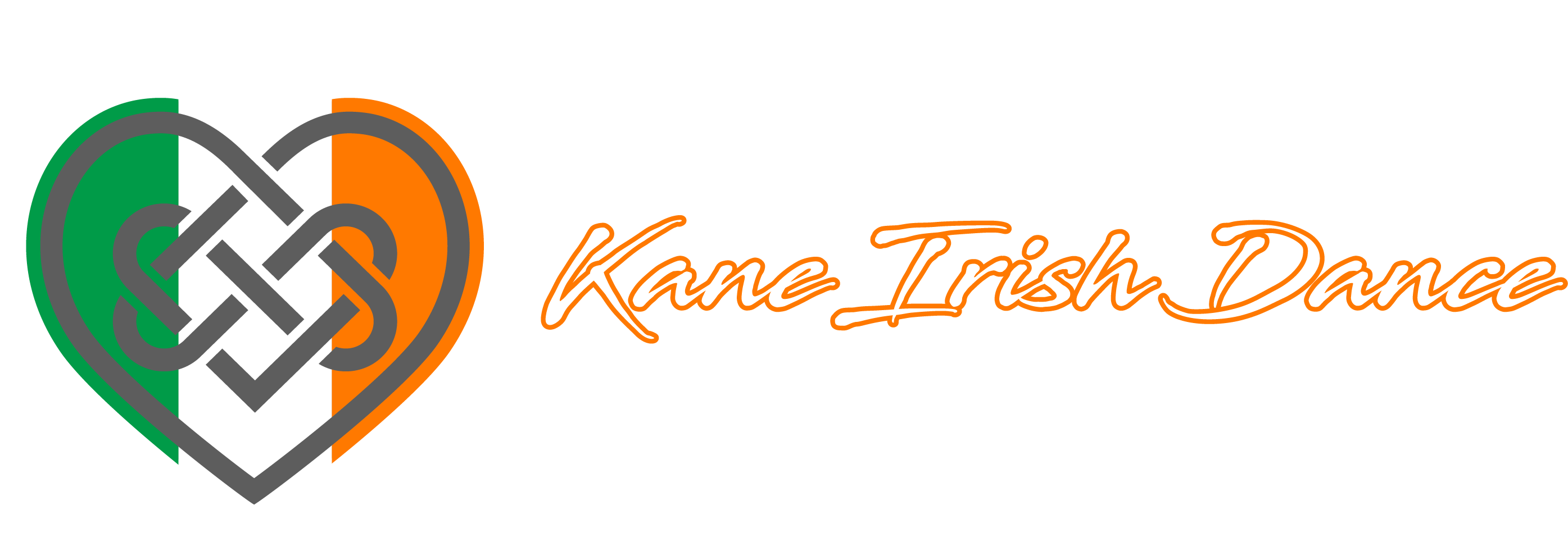[ad_1]
Tracing the Roots: Unearthing the Ancient Origins of Irish Dance
The art of Irish dance is a vibrant and rich cultural tradition that has captivated audiences around the world. With its intricate footwork, lively music, and distinctive style, Irish dance has become synonymous with Irish culture. However, the origins of this captivating dance form are shrouded in history and have been subject to much debate and speculation. In this article, we will explore the ancient origins of Irish dance and discover its fascinating evolution over the centuries.
The Celtic Connection
The roots of Irish dance can be traced back to the ancient Celts, who inhabited Ireland as early as 500 BC. Dance played a significant role in their culture, both as a form of entertainment and a means of religious expression. The Celts believed that dance had the power to connect them with the spiritual realm and used it in various rituals and celebrations.
One of the most well-known dances of the Celts was the “Gabhaim Molta Bríghde,” or “I praise Brigid.” This dance was dedicated to the Celtic goddess Brigid, who was associated with fire, fertility, and poetry. The dance consisted of rhythmic footwork accompanied by chanting and hand gestures, and it symbolized the cycle of life, death, and rebirth.
The Influence of Christian Monasteries
With the arrival of Christianity in Ireland, dance underwent significant transformation. Monastic communities, such as those founded by St. Patrick, played a crucial role in preserving and adapting the ancient dance traditions of the Celts. These Christian monasteries embraced dance as a form of worship and used it to illustrate biblical stories and teachings.
One of the enduring legacies of this period is the “céili dance.” Céilis, or social gatherings, were organized by the monks as a way to bring communities together. These dances featured group formations and intricate footwork patterns that encouraged social interaction and fostered a sense of unity.
The Rise of Step Dancing
As Ireland evolved over the centuries, so too did its dance traditions. The consolidation of the English rule in Ireland during the 16th and 17th centuries played a significant role in shaping the future of Irish dance. English law prohibited the practice of native Irish customs, which included traditional dance.
However, the Irish people found ways to preserve their dance heritage by adapting it to new forms. This led to the emergence of step dancing, characterized by quick footwork and a distinct lack of upper body movement. Step dancing allowed the Irish to express their cultural identity through a dance form that could be disguised as mere footwork.
One notable example of step dancing during this period is the “sean-nós dance.” Originating in the Gaeltacht regions of Ireland, sean-nós dance is characterized by improvisation, close-to-the-floor footwork, and a playful interaction between the dancer and the musician. This style of dance has survived through the generations and has recently experienced a resurgence in popularity.
The Celtic Revival
The 19th and 20th centuries marked a significant turning point in Irish dance history. During this period, known as the Celtic Revival, there was a renewed interest in Irish culture, language, and folklore. This cultural renaissance had a profound impact on Irish dance, sparking a revival of traditional forms and the creation of new styles.
One of the key figures of the Celtic Revival was Michael Flatley, who revolutionized Irish dance with his innovative performances in the Riverdance and Lord of the Dance productions. Flatley introduced elements of ballet and contemporary dance into Irish dance, pushing boundaries and captivating audiences worldwide.
The Global Phenomenon
Irish dance has come a long way since its ancient Celtic roots. Today, it is a global phenomenon, with countless dance schools, competitions, and performances taking place around the world. The popularity of Irish dance can be attributed to its unique blend of tradition and innovation, its infectious energy, and its ability to transcend cultural boundaries.
- In 1994, Riverdance, a theatrical production that showcased Irish dance, became a cultural sensation and introduced Irish dance to audiences worldwide.
- Irish dance competitions, known as feiseanna, attract thousands of participants and spectators each year, fostering a sense of community and camaraderie among dancers.
- The success of dancers like Michael Flatley and Jean Butler has inspired countless aspiring dancers to pursue Irish dance as a professional career.
Conclusion
Irish dance is a testament to the resilience and creativity of a culture that has overcome adversity throughout its history. From its ancient Celtic origins to its modern-day global popularity, Irish dance continues to captivate audiences and inspire generations of dancers.
By tracing the roots of Irish dance, we gain a deeper understanding of its evolution and the cultural significance it holds. From the spiritual rituals of the Celts to the innovative choreography of modern productions, Irish dance remains a cherished art form that celebrates tradition, creativity, and the power of movement.
Whether it’s the rhythmic footwork of the sean-nós dancers or the precision and energy of a competitive feis, Irish dance continues to embody the spirit of a vibrant and dynamic culture. Its ancient roots serve as a reminder of the enduring power of tradition and the transformative nature of art.
[ad_2]
